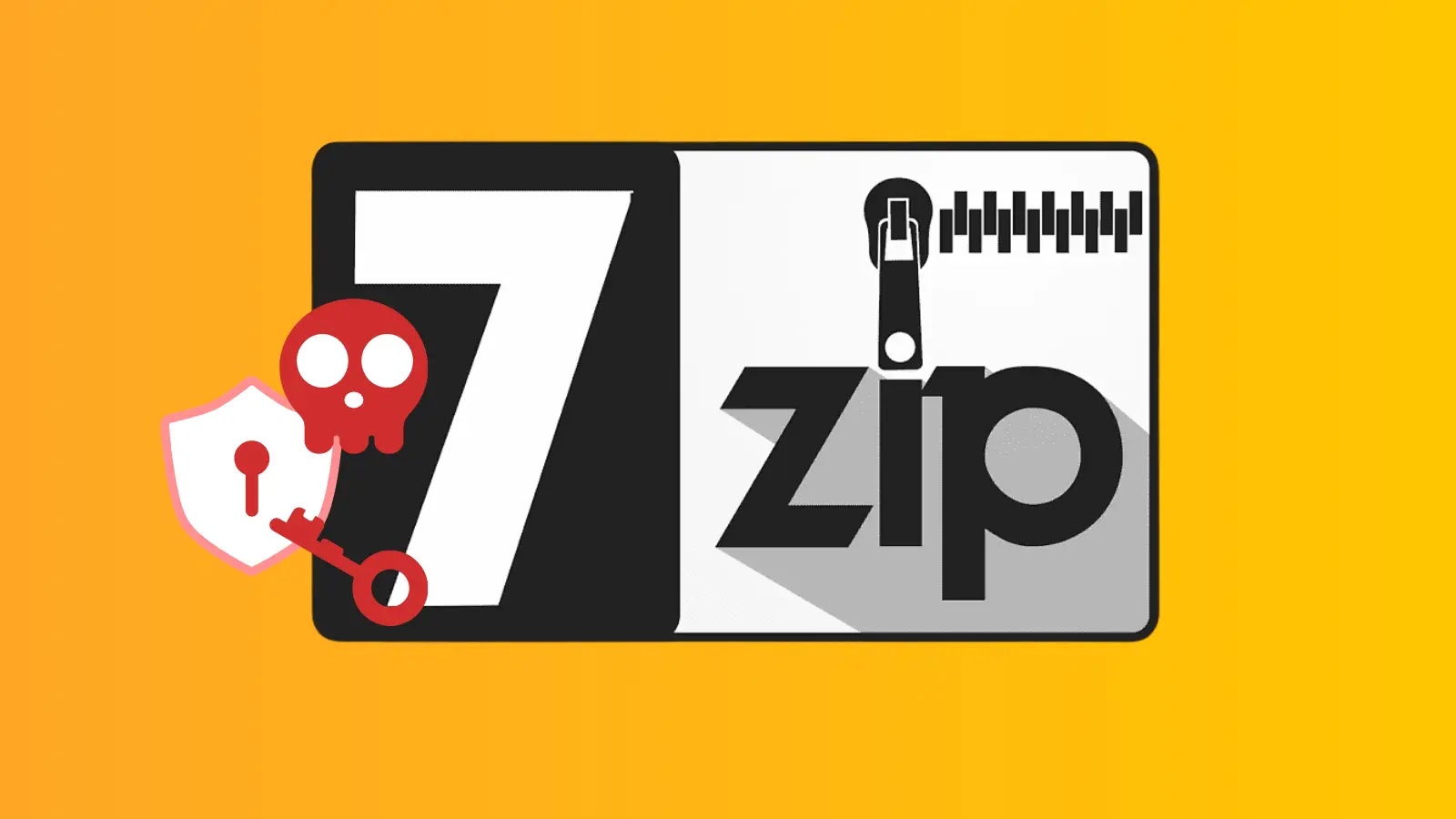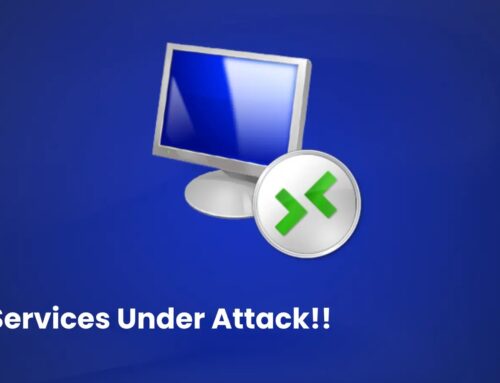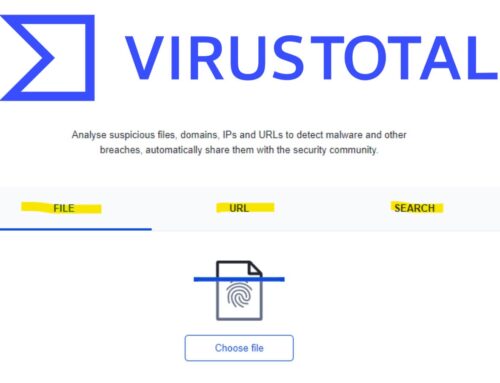
7-Zip Arbitrary File Write Vulnerability Allows Attackers to Execute Code
The digital defense perimeter is constantly under assault, and even the most ubiquitous software can harbor critical vulnerabilities. A recent disclosure has sent ripples through the cybersecurity community: a newly identified arbitrary file write vulnerability in 7-Zip, the widely-used open-source file archiver. This flaw, tracked as CVE-2025-55188, presents a significant risk, potentially enabling attackers to execute malicious code on vulnerable systems. Understanding this threat and implementing timely remediation is paramount for maintaining system integrity.
Understanding the 7-Zip Arbitrary File Write Vulnerability
The core of CVE-2025-55188 lies in its ability to allow arbitrary file writes during the archive extraction process. Discovered and reported by security researcher Landon on August 9, 2025, this vulnerability exploits a weakness in how 7-Zip handles certain archive formats. An attacker can craft a malicious archive (e.g., .zip, .7z) that, when extracted by a vulnerable version of 7-Zip, writes files to arbitrary locations on the user’s system, rather than the intended extraction directory. This capability is particularly dangerous because it bypasses typical security controls that prevent unauthorized file system modifications.
The arbitrary file write can be leveraged to achieve various nefarious objectives. For instance, an attacker could overwrite critical system files, deposit malicious libraries into trusted application directories, or even inject configuration files to redirect system behavior. The ultimate goal, and the most severe outcome, is often remote code execution (RCE). By placing an executable payload in a strategic location (e.g., a startup folder or a directory frequently scanned by the operating system), an attacker can gain control over the compromised machine.
Affected Versions and Impact
According to the initial disclosure, the CVE-2025-55188 vulnerability affects all versions of 7-Zip released prior to the patched version. This broad scope means a vast number of systems globally could be at risk, from individual user workstations to enterprise servers utilizing 7-Zip for data management and backups. The widespread adoption of 7-Zip across various operating systems further amplifies the potential impact.
The implications of a successful exploit are severe:
- Code Execution: Attackers can run arbitrary commands or malicious software on the compromised system.
- Data Breach: Gaining control over a system can lead to unauthorized access and exfiltration of sensitive data.
- System Compromise: Overwriting critical system files can lead to system instability, denial of service, or complete system takeover.
- Lateral Movement: A compromised machine can serve as a jumping-off point for attackers to move deeper into a network.
Remediation Actions
Immediate action is required to mitigate the risk posed by CVE-2025-55188. Cybersecurity best practices dictate prompt patching and vigilant security hygiene.
- Update Immediately: The most crucial step is to update 7-Zip to the latest secure version once it becomes available. Monitor official 7-Zip channels for the release of a patched version that addresses CVE-2025-55188.
- Exercise Caution with Archives: Be extremely wary of opening or extracting archives from untrusted sources, especially unexpected email attachments or downloads.
- Implement Least Privilege: Ensure that users have only the minimum necessary permissions required to perform their tasks. This limits the damage an attacker can inflict even if a vulnerability is exploited.
- Regular Backups: Maintain regular, secure backups of critical data. In the event of a successful exploit, this can aid in recovery and minimize data loss.
- Network Segmentation: Isolate critical systems and sensitive data from the rest of the network to limit potential lateral movement by an attacker.
- Endpoint Detection and Response (EDR): Deploy and configure EDR solutions to monitor for suspicious activity, including anomalous file writes and process executions.
Relevant Security Tools
Several types of security tools can assist with detecting potential exploitation attempts and maintaining overall system security posture.
| Tool Name | Purpose | Link |
|---|---|---|
| Endpoint Detection and Response (EDR) Solutions | Monitors endpoints for suspicious activities, including file system changes and process anomalies. | (Vendor Dependent) |
| Vulnerability Scanners | Identifies outdated software versions and known vulnerabilities on systems. | Tenable Nessus |
| Security Information and Event Management (SIEM) Systems | Aggregates and analyzes security logs for pattern recognition and threat detection. | Splunk Enterprise Security |
| File Integrity Monitoring (FIM) | Detects unauthorized changes to critical system and application files. | Tripwire Enterprise |
Conclusion
The discovery of CVE-2025-55188 in 7-Zip reiterates the constant need for vigilance in the cybersecurity landscape. An arbitrary file write vulnerability in such a widely used utility poses a significant threat, capable of leading to complete system compromise. Proactive measures, including immediate software updates upon patch release, rigorous adherence to security best practices, and the strategic deployment of security tools, are essential to protect against this and similar vulnerabilities. Staying informed about new threats and acting swiftly to mitigate them is the bedrock of resilient cybersecurity.





